【Learning points】:
- Delirium is an acute confusion of consciousness and a process of fluctuating symptoms. Symptoms such as lack of organized thinking, day and night reversal, disorientation, and inability to concentrate may occur.
- Delirium can be reduced by taking adequate nutrition, engaging in self-care activities, using glasses and hearing aids to facilitate communication, using clocks and calendars to increase orientation, keeping curtains open during the day and encouraging getting out of bed.
Delirium, also known as an acute confussional state, is a clinical syndrome that usually develops in the elderly. It can occur suddenly and changes quickly, and most of them are related to internal medicine diseases. The treatment method should be based on prevention. Regular cognitive evaluation should be practiced in order to facilitate early detection and early intervention of delirium in older patients. Sometimes, delirium may lead to long-term cognitive impairment. Therefore, understanding how to prevent and manage delirium is essential for improving the quality of life in older persons.
A. What is delirium?
Delirium is characterized by an acute fluctuating impairment of cognitive functions and inattention.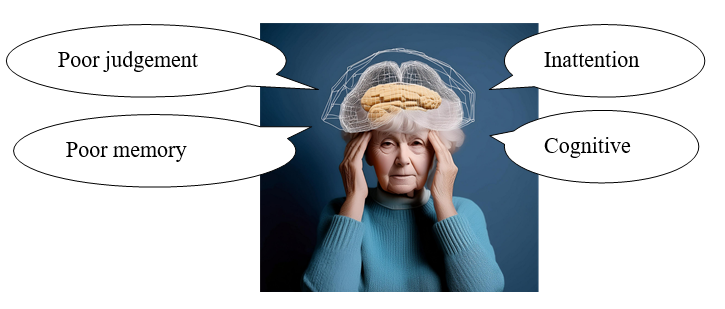

B.What are the symptoms of delirium?
- Clinical feature is disorganized thinking, manifested by incoherent speech and rambling or irrelevant conversation, or unclear or illogical flow of ideas.
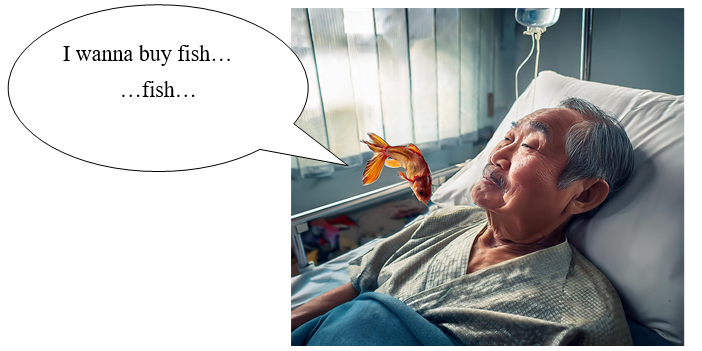
- Sleep-wake cycle disturbance, characterized by an excessive daytime sleepiness with insomnia at night, fragmentation, and reduction of sleep or complete sleep-cycle reversal.
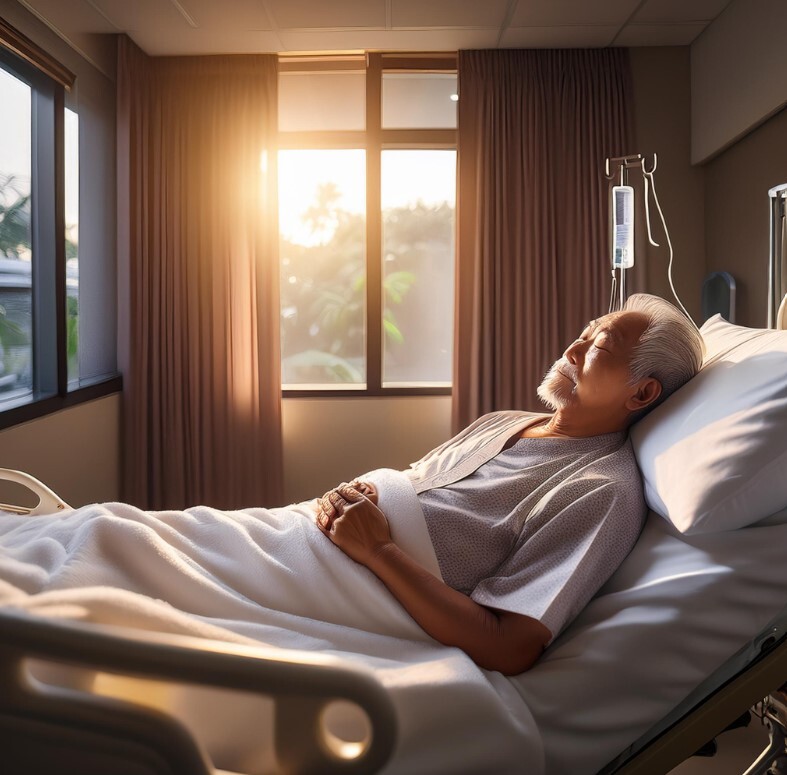
- Disorientation is usually common, first in reference to time and then to place.
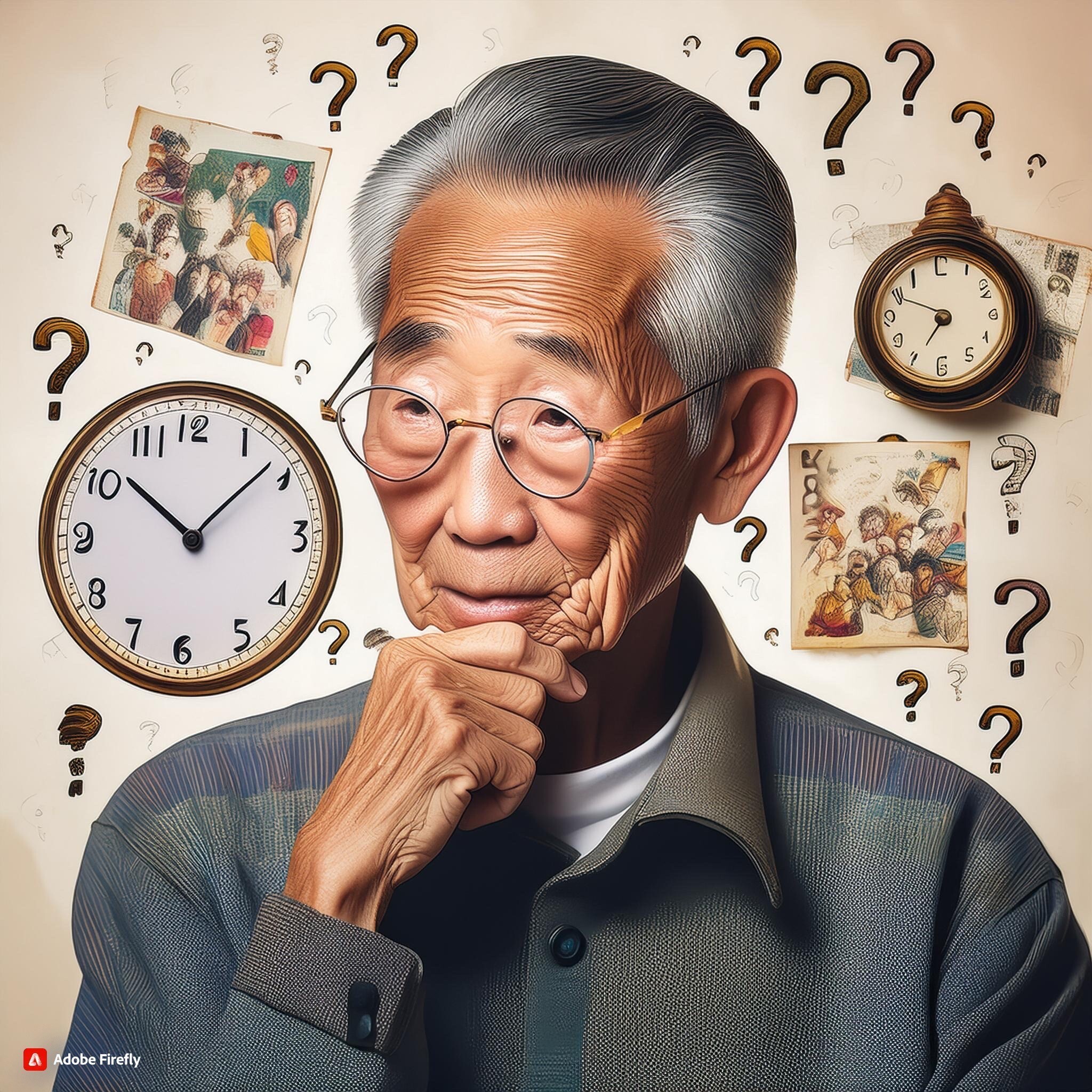
- Emotional disturbances, such as anxiety, fear, irritability, anger, depression, and indifference, may also be seen.

- Patients show features such as hyper-vigilance, restlessness, agitation, aggression, mood lability, and in some cases, hallucinations and delusions.
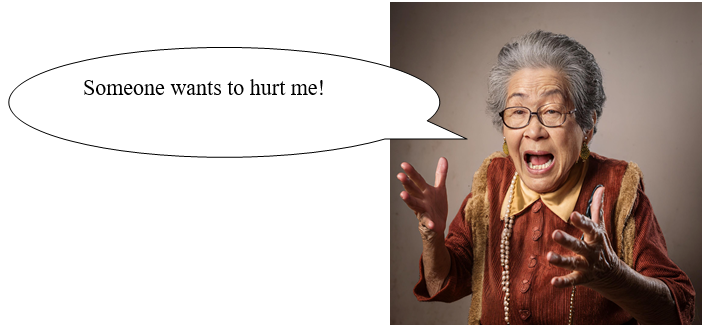
- Usually these patients are easily distractible by irrelevant stimuli and unable to follow a conversation or obey.
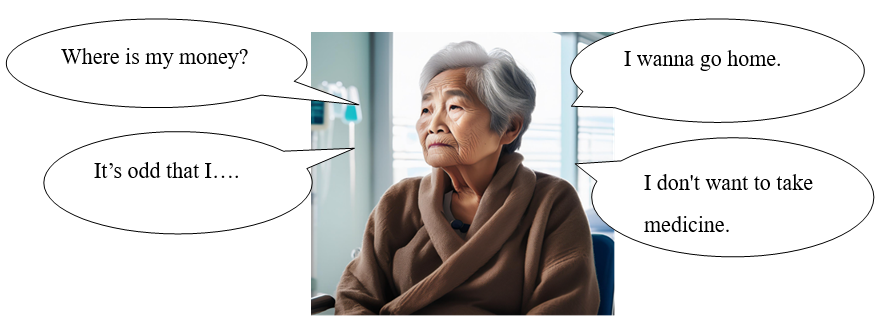
C.How to prevent delirium?
- Getting enough food, water and nutrients.
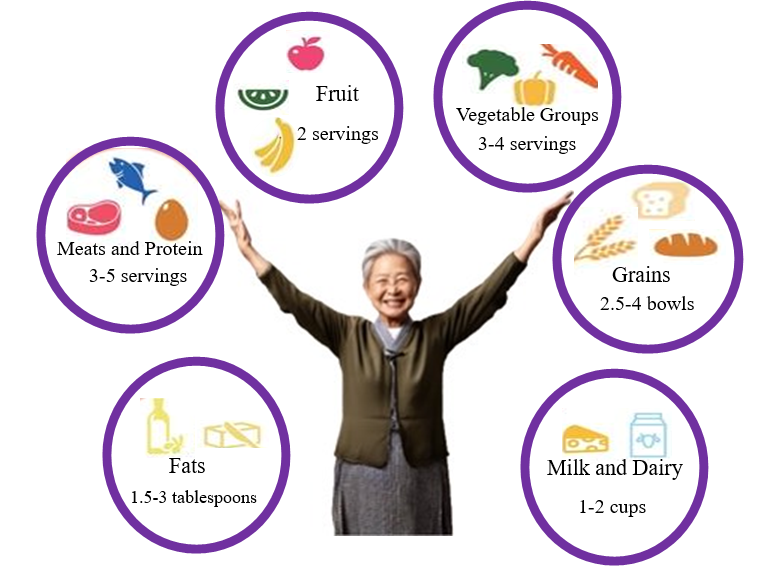
- A prepared environment that encourages safe patient self-care (e.g. Self-feeding/washing and participating in ward activities, etc.)

- Go for low frequency and gentle intonation in communication and use clear sentences glasses. Also, help patients who usually wear hearing or visual aids, and ensure that they are in good working order.

- Make a clock and calendar available to the patient. This may be a clock on the wall.


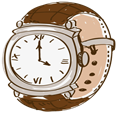
- Maintain past lifestyle, encourage family to take care of them and bring in familiar objects (e.g. pictures, clothes and radio).

- Remove unnecessary medical device and invasive tubes.
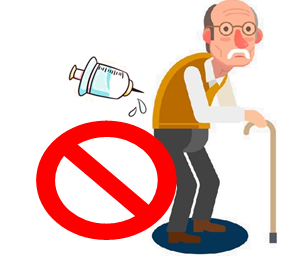
- Ensure that the environment is safe for the patient and that noise is minimized.

- Open the curtain and provide lighting that is appropriate to the time of day. Perform mobilisation activities at least once or twice daily, and mobilise a patient early after a procedure. Request doctor to carry out a medication review for people taking sleeping pills. Use non-pharmacotherapy measures to help promote sleep (such as relaxation techniques: massage, light music).

D.Conclusion
Delirium in the elderly often attacks suddenly. When delirium occurs, caregivers do not know what happened to the patient and how to deal with it. Once delirium happened, it can easily increase the length of hospitalization and mortality. Therefore, how to prevent the delirium is really important.
E.References
- Chen C.(2022). Diagnosis and Management of Geriatric Patients' Delirium. Show Chwan Medical Journal, 21(1), 97-102. https://doi.org/10.53106/15610497202206210 1012
- Lin L.H., Huang H.Y., Tsan Y.H., & Cheng H.C. (2021). Effectiveness of Preventing Delirium After Surgery for Older Adults in a Taiwanese Medical Center.·VGH Nursing,38(2) , 112-119. https://doi.org/10.6142/VGHN.202106_38(2). 0001
- Chen Y.R., Chen Y.L., Chen W.Y., LIN Y.C., & Jane S.W.(2021). Evidence-Based Nursing Care of Older Adult Patient With Postoperative Delirium and Hip Fracture. The Journal of Nursing, 68(1) , 90-96. https://doi.org/10.6224/JN.202102_68(1).12
- Image copyright statement: Character pictures are AI drawings
簡易測驗
Let's take the quiz to make sure you understand.
評語
統計結果不開放
請登入後才可以評分
未登入或權限不足!
- 位置
-
- 資料夾名稱
- English
- 上傳者
- 楊佩樺
- 單位
- 中榮護理衛教
- 英文名稱
- How to prevent delirium in elderly
- 分類
- 安全
- 科別
- 英語
- 癌症照護
- 否
- 建立
- 2024-01-24 21:14:48
- 最近修訂
- 2024-10-20 13:27:14
- 版本
- 2024-10-20